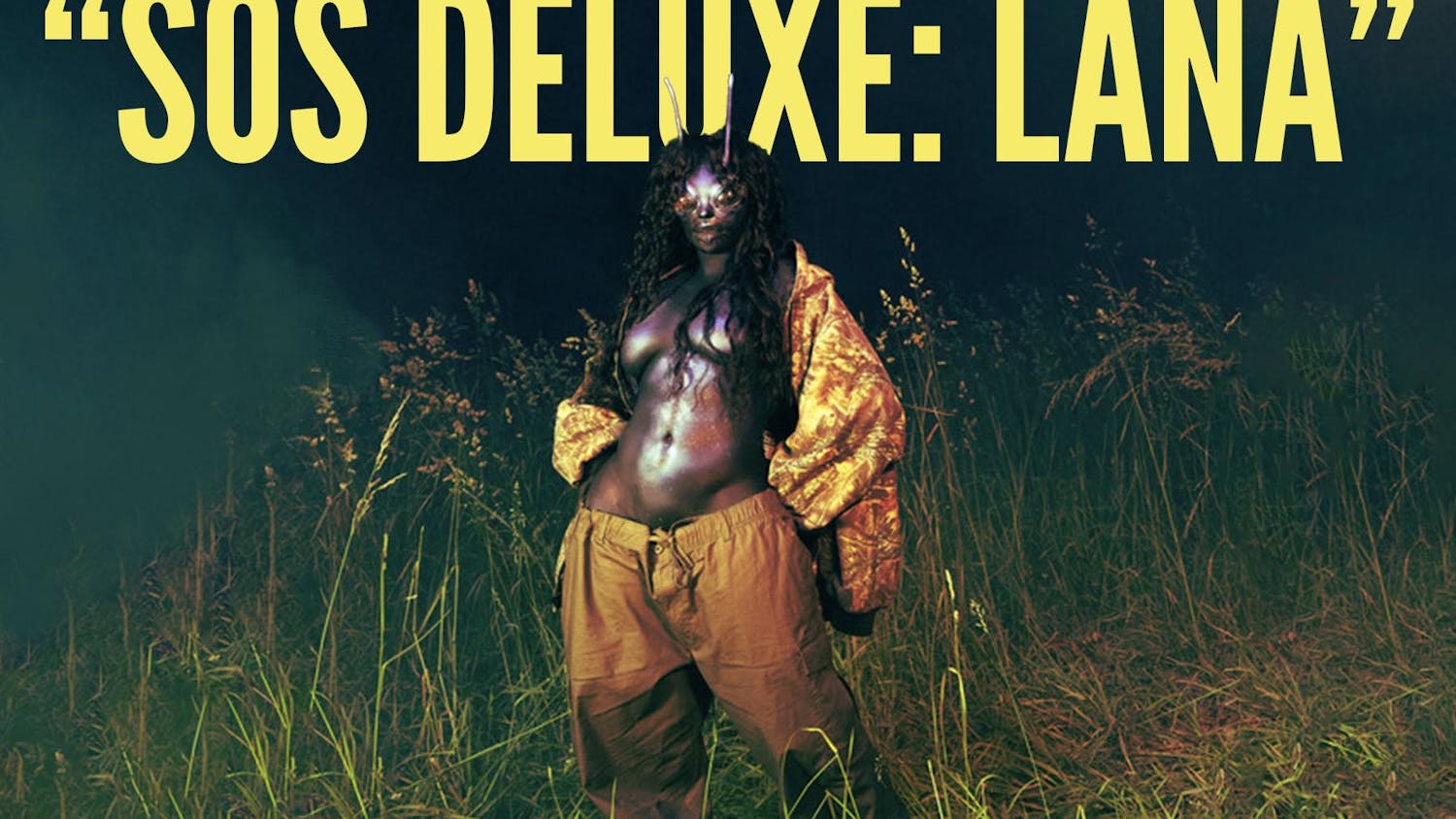
"Romeo and Juliet" has spawned a variety of cultural responses to the act of literature. The inspiration derived from "Romeo and Juliet" takes note of how Shakespeare wrote the play. The principal source for the plot was a narrative poem by the English poet Arthur Brooke. Brooke’s poem is based on a French translation of a tale written by the Italian Matteo Bandello. From Taylor Swift’s “Love Story” to “Gnomeo and Juliet” and “Letters to Juliet,” to name a few, the play is a part of popular culture due to the numerous retellings and adaptations.
The "Actors From the London Stage" have their unique approach to Shakespeare and to how they act out their plays. They used the five actor approach which is inspired by how plays were performed in Shakespeare’s time. Roles were often played by multiple actors, and the approach was effective for “Romeo and Juliet.” The actors showed a commitment to mastering multiple parts. Hillary Maclean played the role of Juliet’s nurse and Paris exceptionally well. The contrast between the two roles proved to be fascinating to see unfold. The approach was done with humor which furthered the enjoyment of the play. Jonathan Oldfield who played Friar Lawrence, Lady Capulet, Tybalt, Peter and Montague leaned into humor heavily in his portrayal The character of Peter, the Capulet’s servant, proved to be one of the funniest characters. Oldfield leaned into the defining props for Peter and used them to make a statement. The work of the actors made the 5 actor approach highly effective.
A highlight of the performance was Grace Andrew’s stunning delivery of Juliet’s monologue:
"Tis but thy name that is my enemy:
Thou art thyself, though not a Montague.
What’s Montague? It is nor hand nor foot
Nor arm nor face nor any other part
Belonging to a man. O be some other name.
What’s in a name? That which we call a rose..."
Andrew’s delivery of the monologue showed the commitment of the actors to collaborate with Shakespeare. Andrew is one example of the understanding the actors possess of Shakespeare’s character. Romeo (Thomas Wingfield) approached Romeo’s character as a love-sick teen of sorts. Portraying Romeo in this way sends a powerful message; it uses the play as a cautionary tale rather than a standard for relationships. Juliet is similarly depicted to Romeo, particularly in the scene where she questions her nurse about Romeo.
The quality of these scenes was a contrast to other scenes that were a missed opportunity. The scenes could have been acted out or taken in a different approach. An example of this is the miscommunication between Romeo and Juliet. The play by some is characterized by the circumstances that led to the tragedy. It’s a matter of miscommunication and Romeo not receiving a message from Juliet. The approach the actors took served well but the miscommunication could have been leaned into more. Additionally, the rivalry proved to be somewhat confusing when examining the different roles. Some choices made in the casting could have led to some confusion during the quarrel scenes. The approach to the fight scenes was very creative though. They used red scarves as weapons but also as roses that lined the stage. Something else that was enjoyable to see was Juliet’s limited costume changes throughout the play. When she married Romeo she was wearing a veil and when she was set to marry Paris she wore a white lace skirt. I love the choice to add costumes of sorts for Juliet. The production showcased a deep understanding and appreciation of Shakespeare’s play.
Play: Actors from the London Stage present ‘Romeo and Juliet’
Starring: Grace Andrews, Kaffe Keating, Hillary Maclean, Jonathan Oldfield, Thomas Wingfield
Where: Washington Hall
When: Mar. 1 through Mar. 3
Shamrocks: 3.5 out of 5
‘Romeo and Juliet’: A classic portrayal of a love story gone awry
Maria Dach | The Observer
Maria Dach | The Observer









